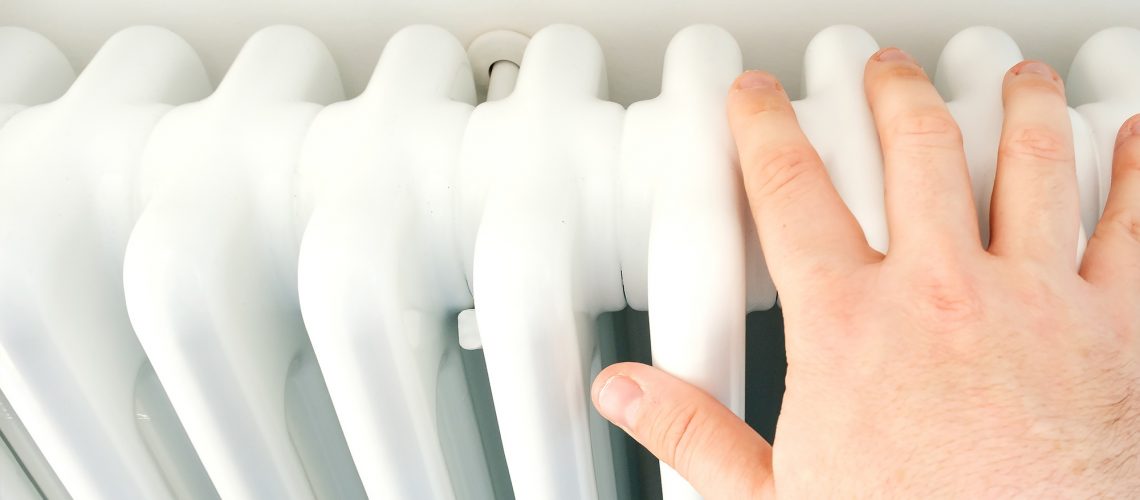Why it is important to check your heating now before you need it.
Check your heating now! What, when I don’t need it? Well, it may help in the long cold run of winter. The summer is almost over and the nights are drawing in, so it won’t be long until the heating is back on. Many of us (especially in Yorkshire!) will try to leave it until the last minute before we turn the heating on. Keen to save a few pounds, it is better for the environment too; less carbon dioxide is released into the atmosphere. So here we suggest that you might want to ignore that, at least for one day.
Check your heating – It has been off for months
Now, this may come as a shock, but your heating system has probably not activated for about 4 months. We know that the Great British Summer isn’t exactly a scorcher all the time* but the air temperature has been high enough to prevent the heating systems from kicking in. Unless you are a proud Yorkshireman or woman who switches the heating off in March and doesn’t switch it back on until November. For you, checking your heating is even more important!
In the time the heating has been off there are several issues that can occur. It depends on what type of system and boiler you have, but there are some general things to look out for:
Check the system pressure is at the correct setting
Modern central heating systems adopt the sealed system approach. This means that the radiators and the system need filling manually with water to a desired pressure level, usually 1bar in pressure. Over time, this pressure can drop through automatic venting, releasing tiny bubbles inside the heating to prevent airlocks. The drop in pressure may cause a breakdown if not checked. The procedure for filling the system to the level is simple but if you are unsure then it is best to contact a competent heating company.
Check your heating for signs of leaks
Following on from the pressure setting, it is good practice to check the system for leaks where they are most common. Radiators and radiator valves are common places for leaks to occur so this is a good place to start. Any exposed pipework components or fittings, such as pumps or valves can also leak when the system has been inactive for a period of time. If you have an airing cupboard or boiler room, we recommend a visual inspection of the central heating installation. If you have any concerns, it is best to get these checked by a competant heating engineer.
Check the radiators for air
After leaks, check for air which can accumulate within the radiator. To see if you have air in the radiator turn the heating on and feel how far up each radiator the heat travels. If the radiator is cold at the top but warm at the bottom this is the sign that air needs to be released. In this situation, turn the heating off, and bleed the radiators affected. You will need to top up the water pressure regularly with a sealed system. If you notice the opposite – heat at the top and cold at the bottom, it could be a sign of sludge builing up in your radiators. Read our blog here if this is the case.
Check the radiators are heating correctly
Once you have checked for air, it is good practice to ensure that the radiators are working correctly. A central heating system that is functioning well will heat each radiator equally and at roughly the same time. To achieve this, the radiators would be balanced correctly, usually when first commissioned. If you notice that some radiators get hot before others have warmed up, maybe the system needs rebalancing. We would suggest getting someone experienced with balancing to rectify this problem.
Check that the TRVs are working correctly
Modern systems now require Thermostatic Radiator Valves (TRVs) as standard. TRVs are a simple yet effective way of controlling the heat each radiator provides. The slight issue that can occur is when the TRV has become stuck whilst the system has been off for a long period. In most cases, this is fixed easily, without the need to disturb the water joints on the radiator. We would still recommend that the job is carried out by a competent person.
Check your heating thermostat and app
Once the system is checked, it may be worth testing your heating controls. Many people have switched to using remote heating controls, which provide complete control over your heating requirements. However, like any other device that uses Wifi and mobile apps, things don’t always go smoothly. Check it connects your central heating system and that you can override the controls on the manual setting.
*2018 was an anomaly!

